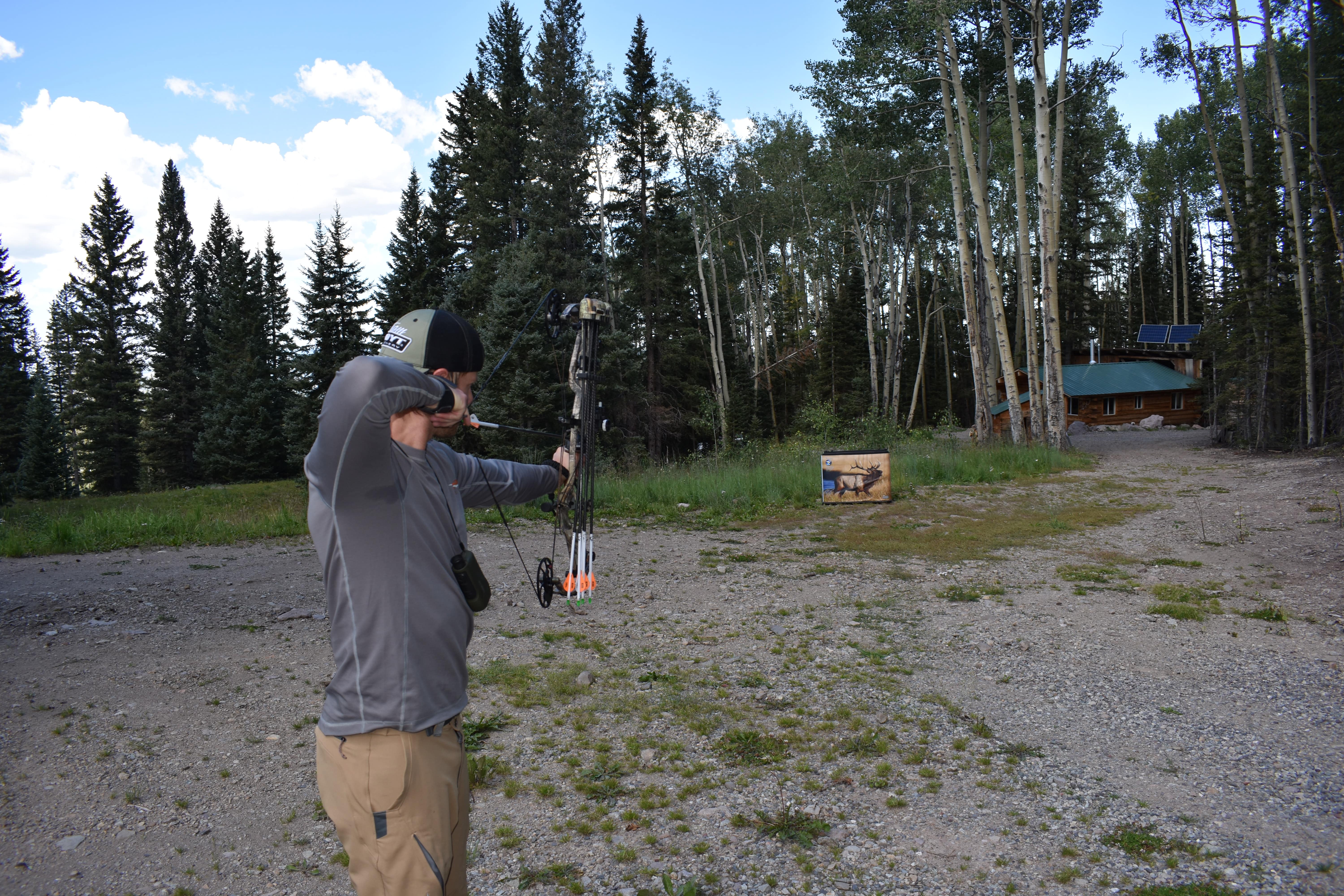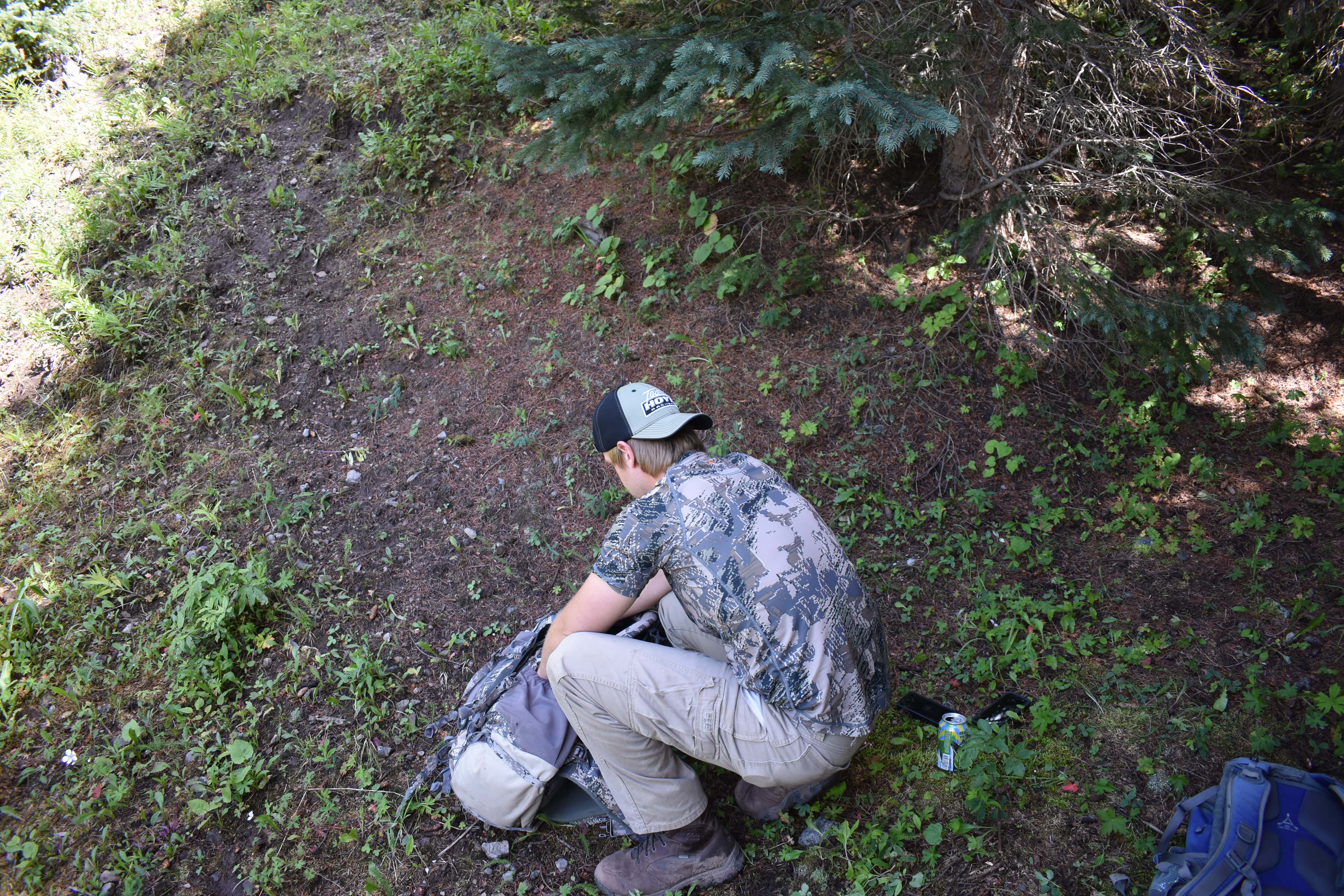transition wild
Off

By Adam Parr –
It’s April and elk season seems like a tiny dot way off in the distance, but I hate to break it to you, it’s not. Most western archery seasons begin at the end of August or early September so now is the time to start prepping for battle. Growing up in Michigan, my hunting season didn’t begin until October and really didn’t get serious until the end of the month, but that’s not the case for western big game. Needless to say, my first archery elk season in Colorado caught me off guard.
Someone probably already told you but the demands of western hunting compared to most midwest whitetail hunts are greater. The shot distances are longer, the terrain is tougher, gear requirements increase, and regulations are different. Combine these challenges with an earlier start date, August doesn’t seem so far away now, does it? Here are five things you should be doing right now before your elk hunt this Fall.
Living on the opposite side of the country from your elk hunting area shouldn’t be a reason not to scout. Even if you are returning to a spot you’ve hunted in the past, there are always new areas to seek out utilizing modern technology. Weather patterns, hunting pressure, and road closures can change from year to year so staying on top of your digital scouting will ensure you don’t get caught with your pants down if shit goes south. You can never have too many options. If you’re hunting in my stomping grounds, make sure to check out the video below: Google Earth Digital Scouting For Elk in Colorado.
In addition to google earth scouting, I like to use onXmaps to cross-reference and mark waypoints so that I have everything mapped out prior to the hunt. Using onXmaps in the field allows me to navigate the wilderness with ease and to easily access trails and waypoints that I marked during the offseason.
Although much of the gear you already use for whitetail hunting will be sufficient for the mountain, there are additional gear items that need to be considered. Make sure your boots will be able to handle the conditions during your hunt based on the weather and terrain. A pack is something else to evaluate. Will you be deep in the backcountry or will you be hunting closer to a camp near a road? A clothing layering system is also key for a western hunt to keep you comfortable in a variety of weather conditions and you may need to purchase additional camping items such as a small tent or a cook stove.
Now is also a good time to evaluate your killing equipment. The broadheads that you use for whitetails may not be adequate (or legal) for larger game such as elk. You may also want to evaluate your arrow selection if you’re changing broadheads or cranking up the poundage on your bow to help with penetration and further shot distances.
Any movement you can do now will only help you on the mountain when it’s “go time.” Not everyone is a gym rat, and that’s perfectly fine, but it’s time to start taking your physical fitness seriously during the Spring. Yes, there are people who can show up to a western hunt and kick ass without any sort of physical prep, but if you’re anything like me, you best get moving.
Don’t fall under the notion that all training has to be comprised of dumbbells and treadmills, just stay consistent in whatever physical activities you choose. Kill two birds with one stone by planning a weekend camping trip with the family and hit the trails with your pack, boots, and other backcountry gear. Still not motivated? If you’re a flatlander, read my latest article: Elk Shape From a Flatlander’s Perspective.

Going for extended hikes will not only improve your endurance, it will allow you to test and break-in important gear prior to your hunt.
Whether you’re heading afield with stick and string or your grandfather’s rifle, you’ll want to extend your effective range. If you’re a bowhunter, pushing the limits out to 70, 80, or even 100 yards on the range will make 40 and 50 yards seem a chip shot during the moment of truth.
When target practicing, it’s also good to make sure your broadheads are flying true and to wear some of the gear you will be hunting in. Have you ever shot your bow with a heavy pack on? How about those steep angle, up and downhill, through-the-trees trick shots? Have you ever tried to settle your pin after running a 100-yard sprint? Try to mimic as many “real-life” mountain scenarios as possible so that it isn’t unfamiliar territory when you arrive in elk country.
If you’re hunting with over the counter tags, it might make sense to purchase them before your hunt, online. This can save time if you roll into town late after everything is closed and it will help you budget more appropriately by not having to spend a bunch of money last minute.
It’s also a sound idea to study up on the laws and regulations of the state and specific unit(s) you’ll be hunting in. Are antler point restrictions present in your zone? Does your state allow mechanical broadheads? What are the tagging and proof of sex requirements after a kill? If you don’t know the answers to some of these questions, get to studying the handbook or call the state game agency to prevent unwanted trouble. If you intend to hunt in Colorado this Fall, check out my recent podcast episode with Colorado Parks and Wildlife.
You’ve dreamt of this hunt for years and I bet you’ve invested some serious time and a pretty penny to make this happen. You’ll also take time off of work and will leave your family behind for a week or more during the hunt. If you haven’t yet realized it, this is kind of a big deal. Don’t be that guy who sits in a bean bag chair naked, eating Cheetos all Summer (sorry Ron White). Start preparing today and you’re chances of putting an elk on the ground this Fall will increase tenfold.